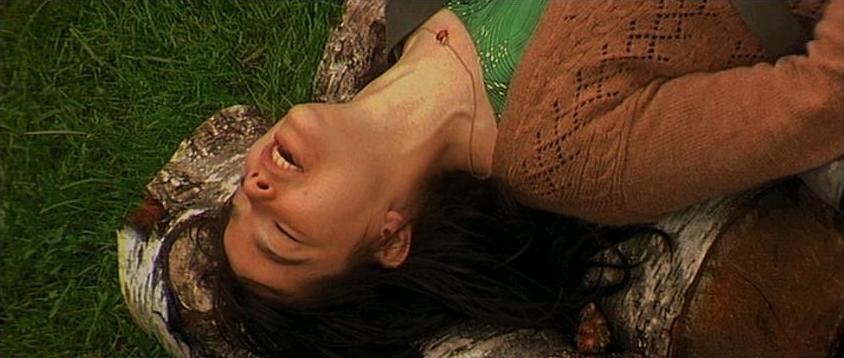
 |
| Photo © 2000 Zentropa/Fine Line Features |
| Academy Award Nominations: | |
| Best Original Song: "I've Seen It All" | |
| Golden Globe Nominations: | |
| Best Actress (Drama): Björk | |
| Best Original Song: "I've Seen It All" | |
| Other Awards: | |
| Cannes Film Festival: Palme d'or (Best Picture); Best Actress (Björk) | |
| Independent Spirit Awards: Best Foreign Film | |
| National Board of Review: Best Dramatic Musical Performance by an Actress (Björk) | |
| Satellite Awards: Best Original Song: "I've Seen It All" | |
| Permalink | Home | 2000 | ABC | Blog |